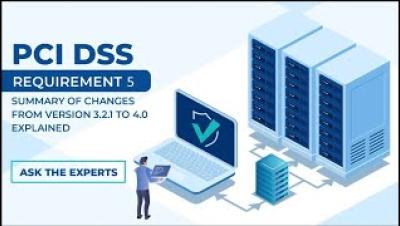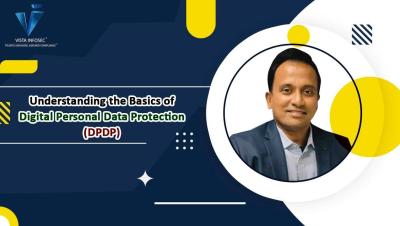Strengthening Cyber Defenses with Multi-Factor Authentication
The need for robust cyber defenses has never been more prevalent. We live in a world where remote access to data is the norm, opening up additional vulnerabilities when protecting digital assets. Additionally, organizations need to comply with data privacy requirements including understanding Digital Personal Data Protection. Mutli-Factor Authentication (MFA) isn’t a new concept. However, despite this, there is still confusion surrounding the mechanism and how it adds to cyber defense.






